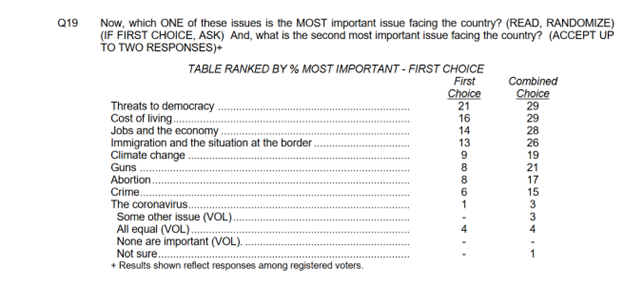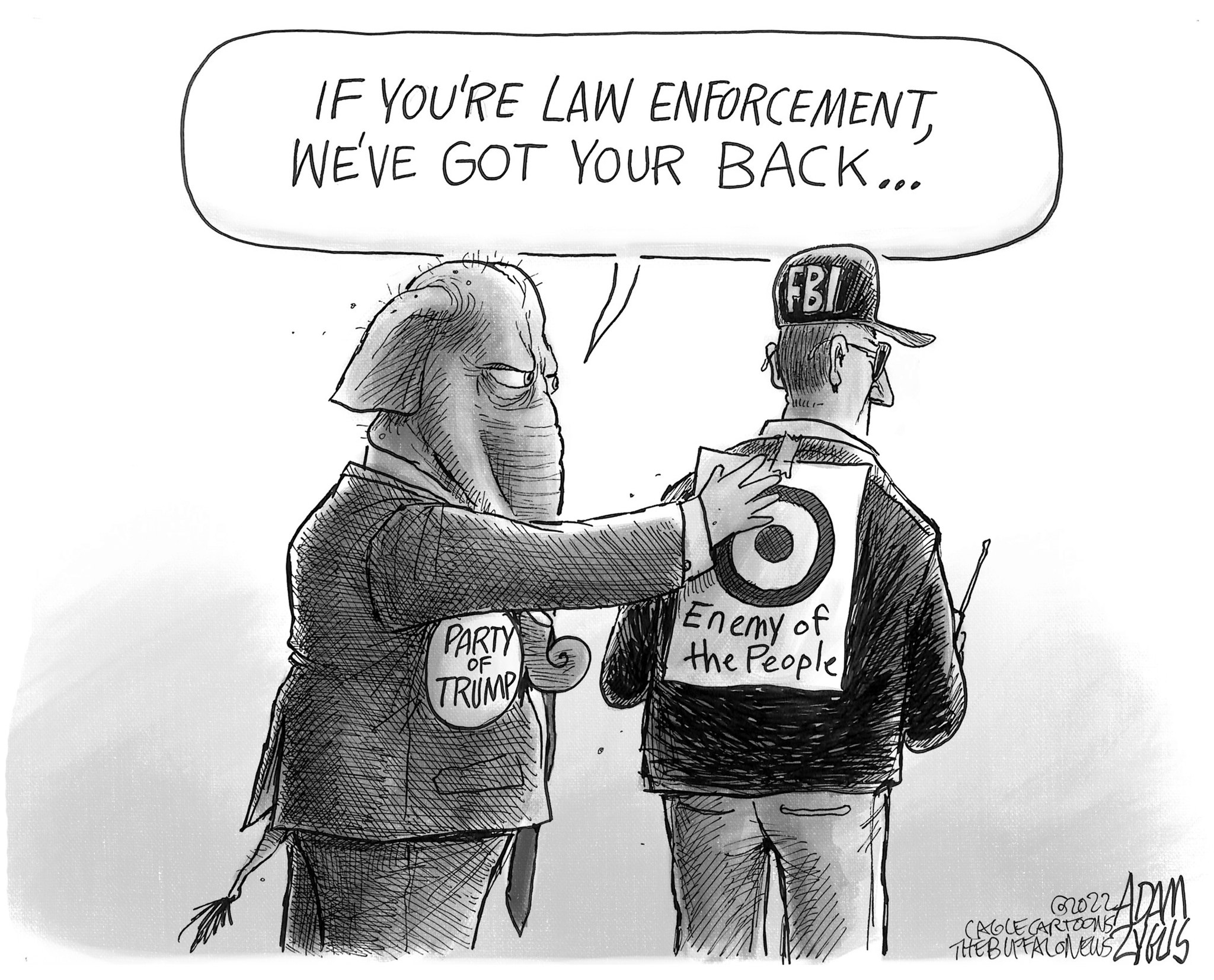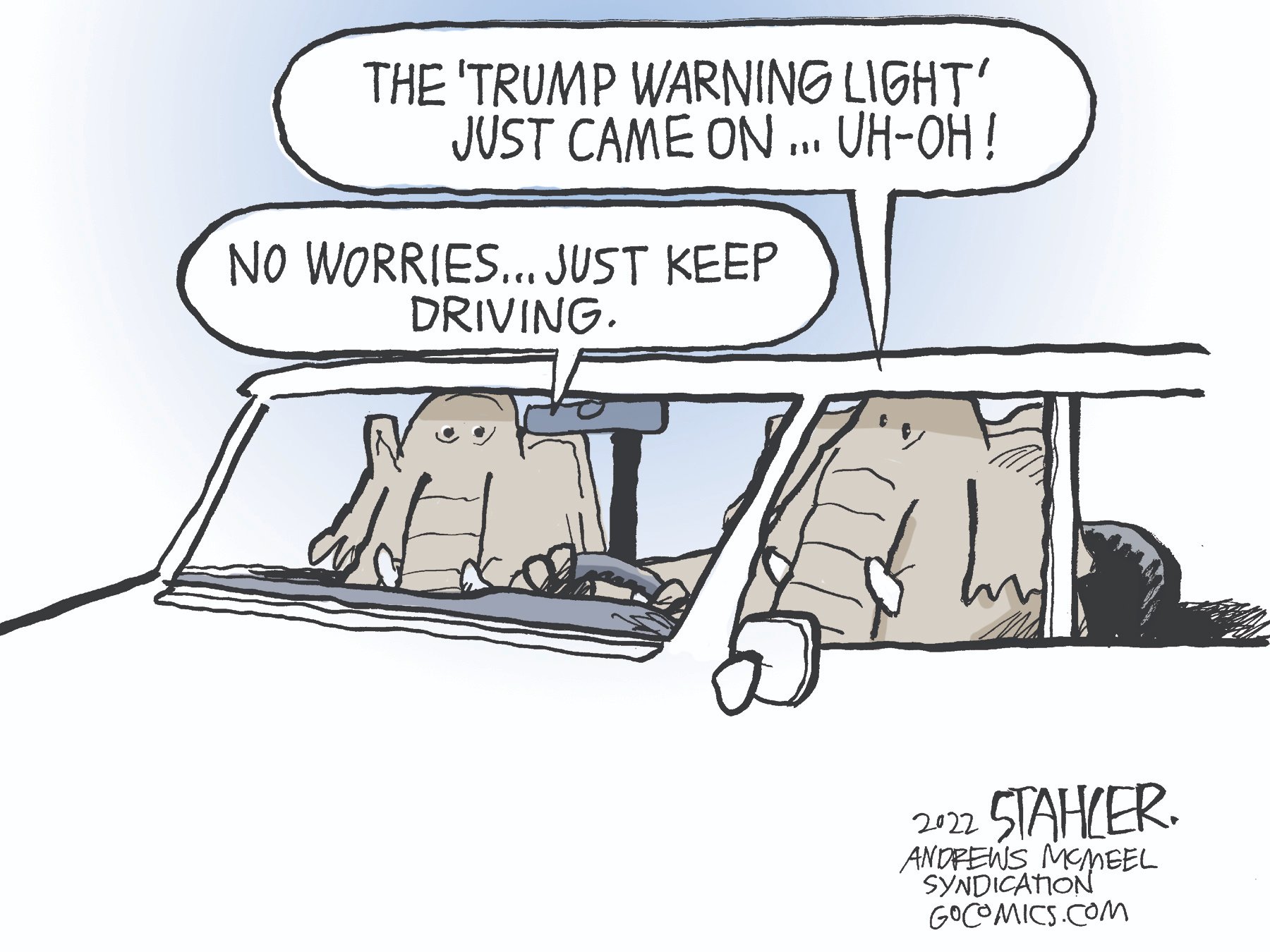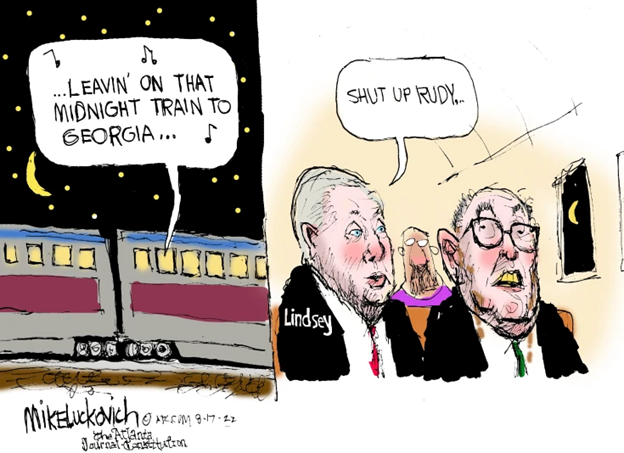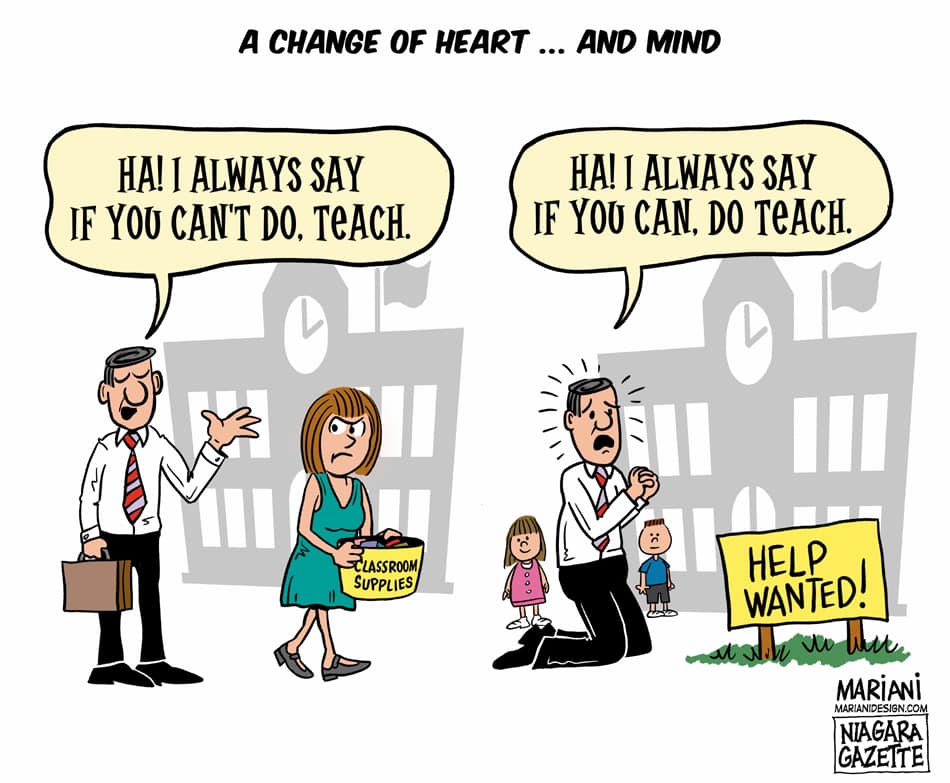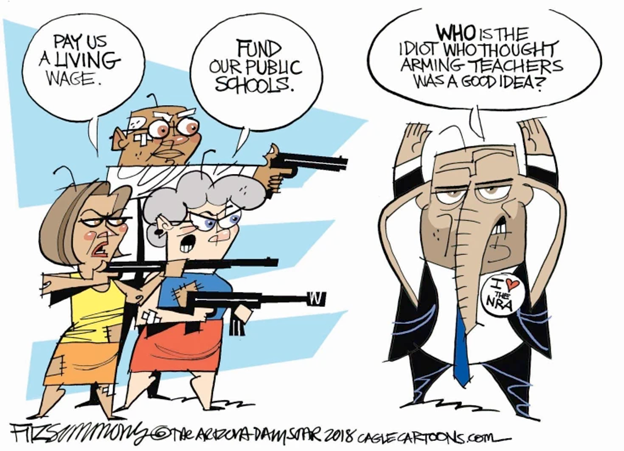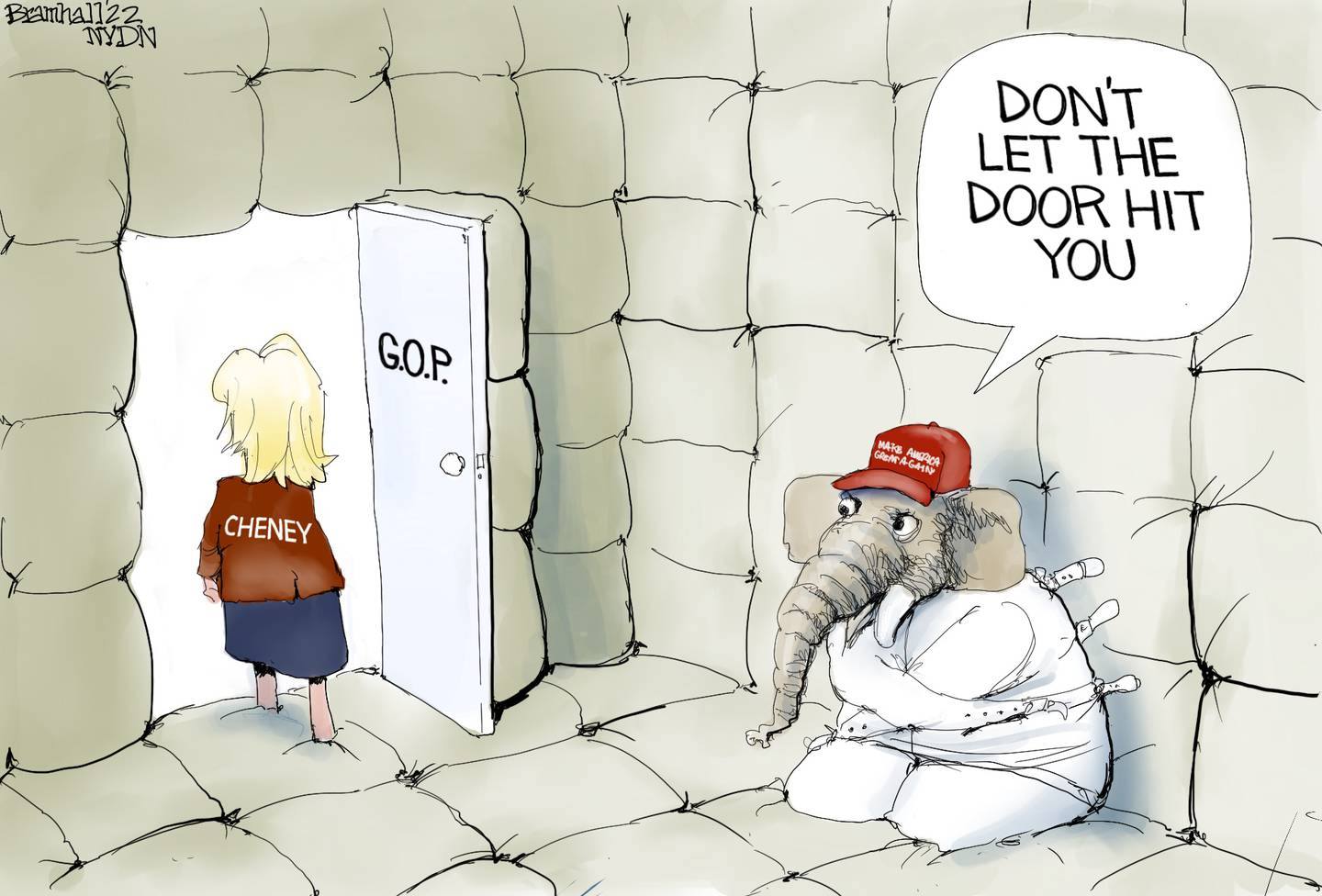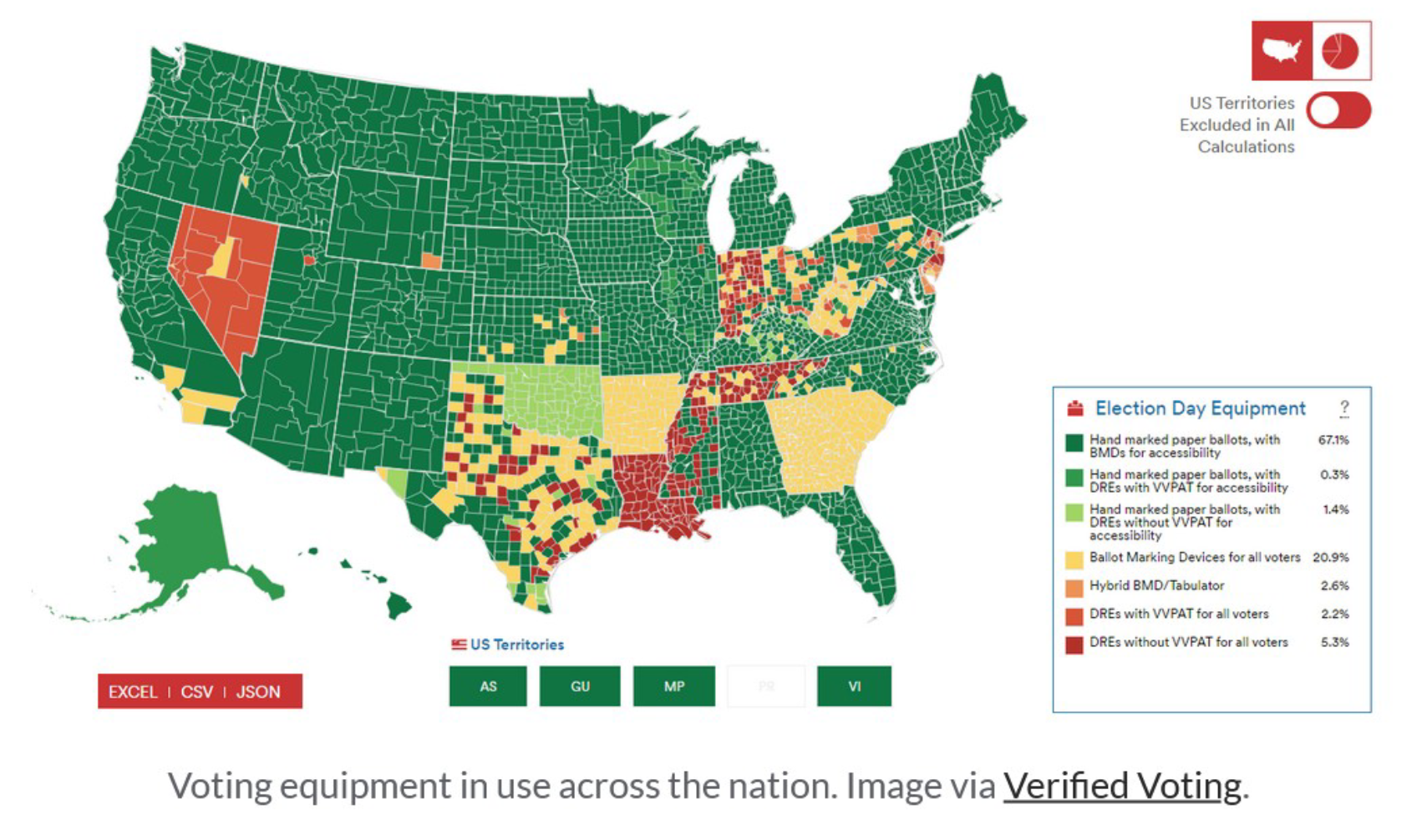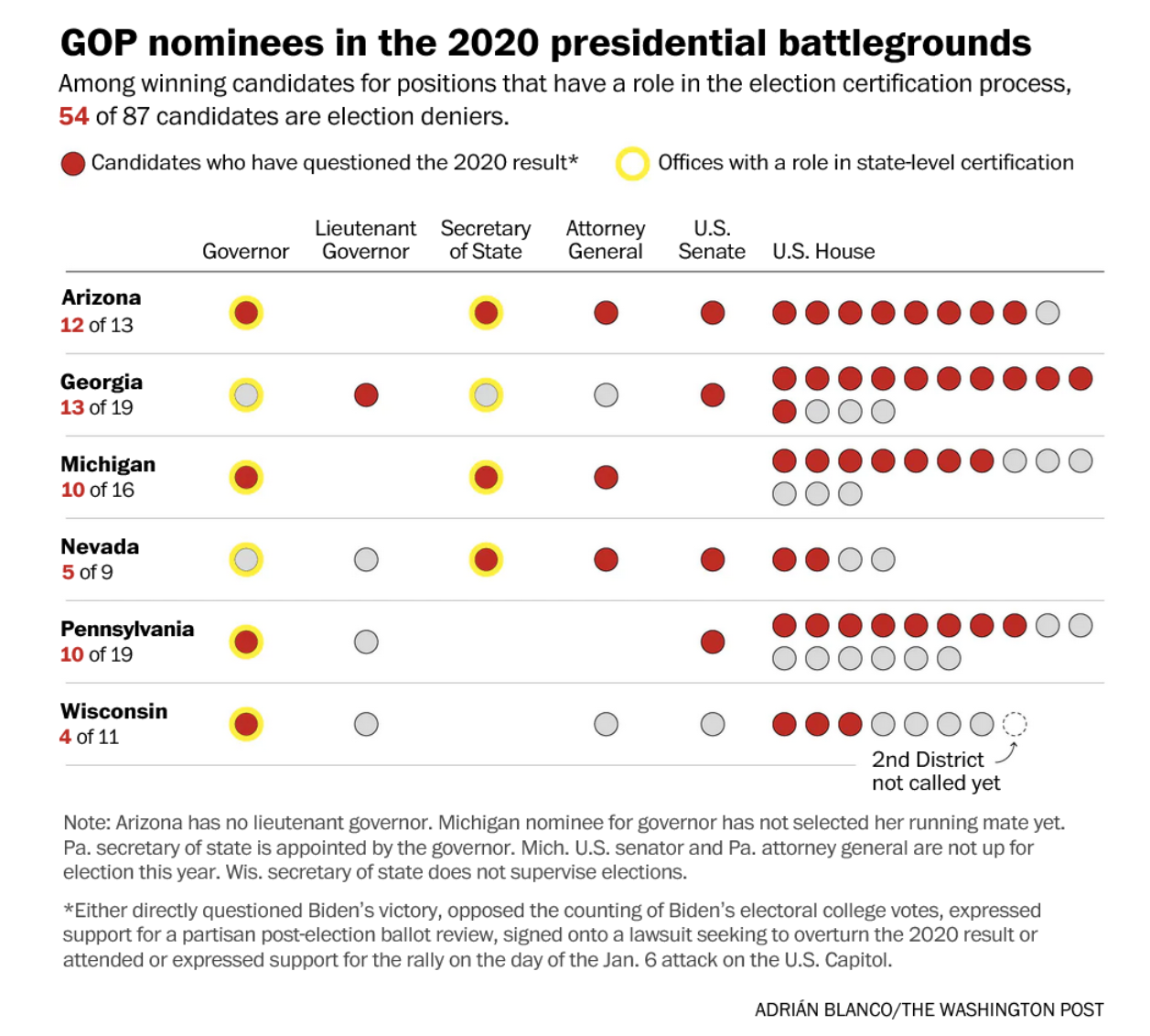The Daily Escape:

Wildflowers above 11,000’ at Paradise Divide, Carbondale, CO – July 2022 photo by Mountain West Photography
What to make of the FBI executing a search warrant at Trump’s Mar-a-Lago (MAL)? Despite what most of the immediately outraged Republican Party is saying, the bar for getting a search warrant on a former President is understandably and correctly, set high.
Trump claimed that the search was “prosecutorial misconduct” and reflected “the weaponization of the Justice System.” But prosecutors can’t conduct searches of people’s homes on their own. The Fourth Amendment requires that “no Warrants shall issue, but upon probable cause, supported by Oath or affirmation, and particularly describing the place to be searched, and the persons or things to be seized.”
For the FBI to conduct this search, it needed a warrant, which means everyone from frontline prosecutors and FBI lawyers to Attorney General Merrick Garland had to sign off on the warrant application, and then a federal judge had to examine the affidavit setting forth their evidence and concur. This is the system working as the Constitution intended.
Garland and the federal judge who authorized the warrant knew that it would set off a shitstorm of reaction by Right-wing politicians and by Trump loyalists, but they went ahead anyway. Oh, to see that affidavit!
It was predictable that the MAGAverse would erupt in fury, but the reaction by the so-called Republican “establishment” is both ridiculous and frightening. Elected Republicans, who always remind us that they are the party of law and order, could have: Either adopted a posture of strategic silence, or given the FBI the benefit of the doubt while they conduct a court-sanctioned investigation.
Instead, except for Mitch McConnell who has stayed silent, they mostly went crazy, including House Minority Leader McCarthy’s threats of retaliation against Garland if Republicans take the House in the fall. Sen. Marco Rubio (R-FL) tweeted:
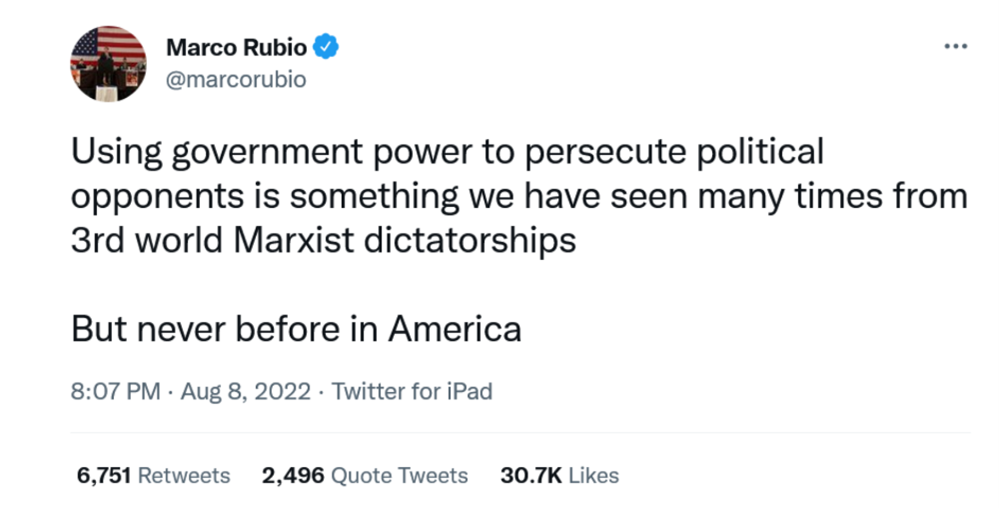
Although Lil’ Marco said this in 2016:

This is the worst kind of lie by a member of the US Senate. Rubio knows that this was the lawful execution of a search warrant that was presented with probable cause, and issued by a Federal judge. These aren’t done lightly or carelessly.
Trump has spent years sowing distrust of federal law enforcement and the “deep state.” And the response by senior Republicans shows how deeply his campaign of subversion has penetrated their hive mind.
Republicans are claiming that the FBI’s search of MAL is abusive. But law enforcement leaves a copy of the search warrant, which itemizes what they are looking for, and what laws may have been violated. If Trump and the MAGA Republicans really think this search is abusive, Trump would have made the warrant public. Trump needs to show it or shut up about it.
We really need to stand back and appreciate the clarity with which the GOP is expressing that the role of law enforcement is only to police the powerless. Here’s the #3 GOP Representative in the House:

This is sick. Law enforcement does exactly this to average citizens all the time, all over America. So, expect that this fall, the Party of “LOCK HER UP” will become the Party of “How Dare the FBI Investigate Republican Politicians.”
People are getting a lesson in civics: If society has a rule, it must be enforced for everyone in the same situation. Trump is saying that the DOJ has been weaponized. But consider this list from Marshall Cohen:
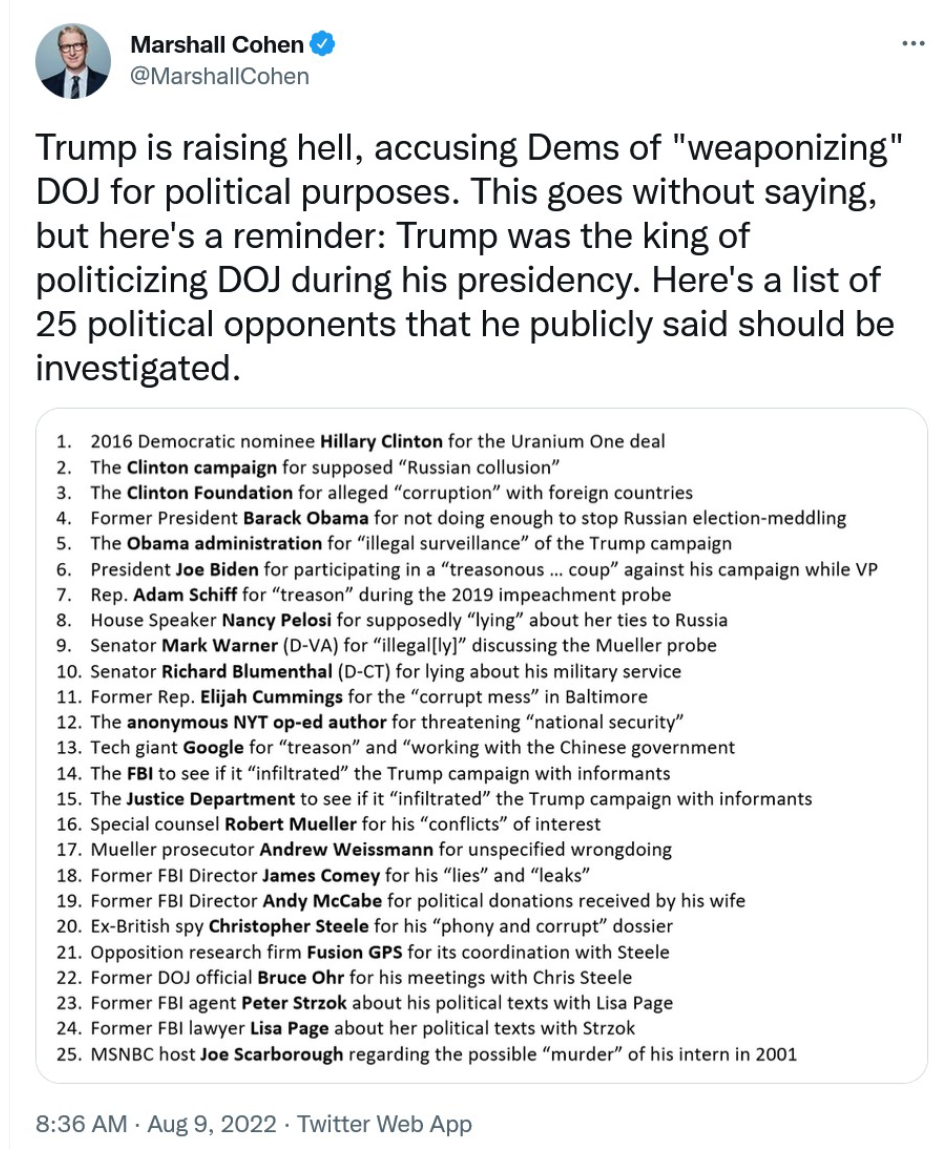
Despite all the hope by Democrats and the fury of Republicans, no one has a handle on how this will progress, or whether it has an impact on Trump’s attempt to run again for president. Wrongo listened to a Republican political strategist on the BBC say that the fact of the search itself will hand the presidency to Trump in 2024.
That seems like GOP hopium to Wrongo.
The next few weeks will be filled with speculation and most likely, conflicting information as details emerge about the MAL search and what was behind it. One thing that’s sure is that the immediate and escalating talk of violence among Trump’s supporters is troubling. Some have been calling for “war” or “civil war,” referring to FBI “tyranny.”
In the not too distant past, we’d dismiss this kind of talk as braggadocio. But that disappeared on Jan. 6, when we realized these militants are more than willing to act on their warped beliefs.
So take a step back and place this story in a broader context: As a Constitutional matter, DOJ’s action is a message to future presidents that even though recently, other guardrails of presidential accountability have failed us, the criminal justice system still works, so long as someone of integrity—like Garland—is at the helm.
Does America need further convincing that this fall, aside from running on their accomplishments, Democrats up and down the ballot, need to amplify the opposing party’s lack of regard for the rule of law or, for truth itself?
How do we insure that they don’t use the powers of their office(s) to morph this country towards authoritarianism?
By voting them out of power.


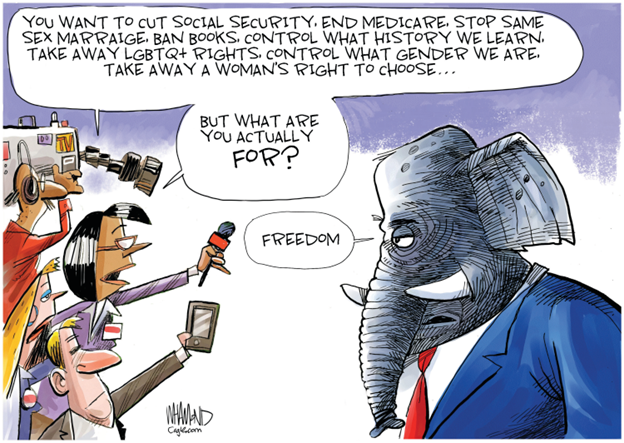
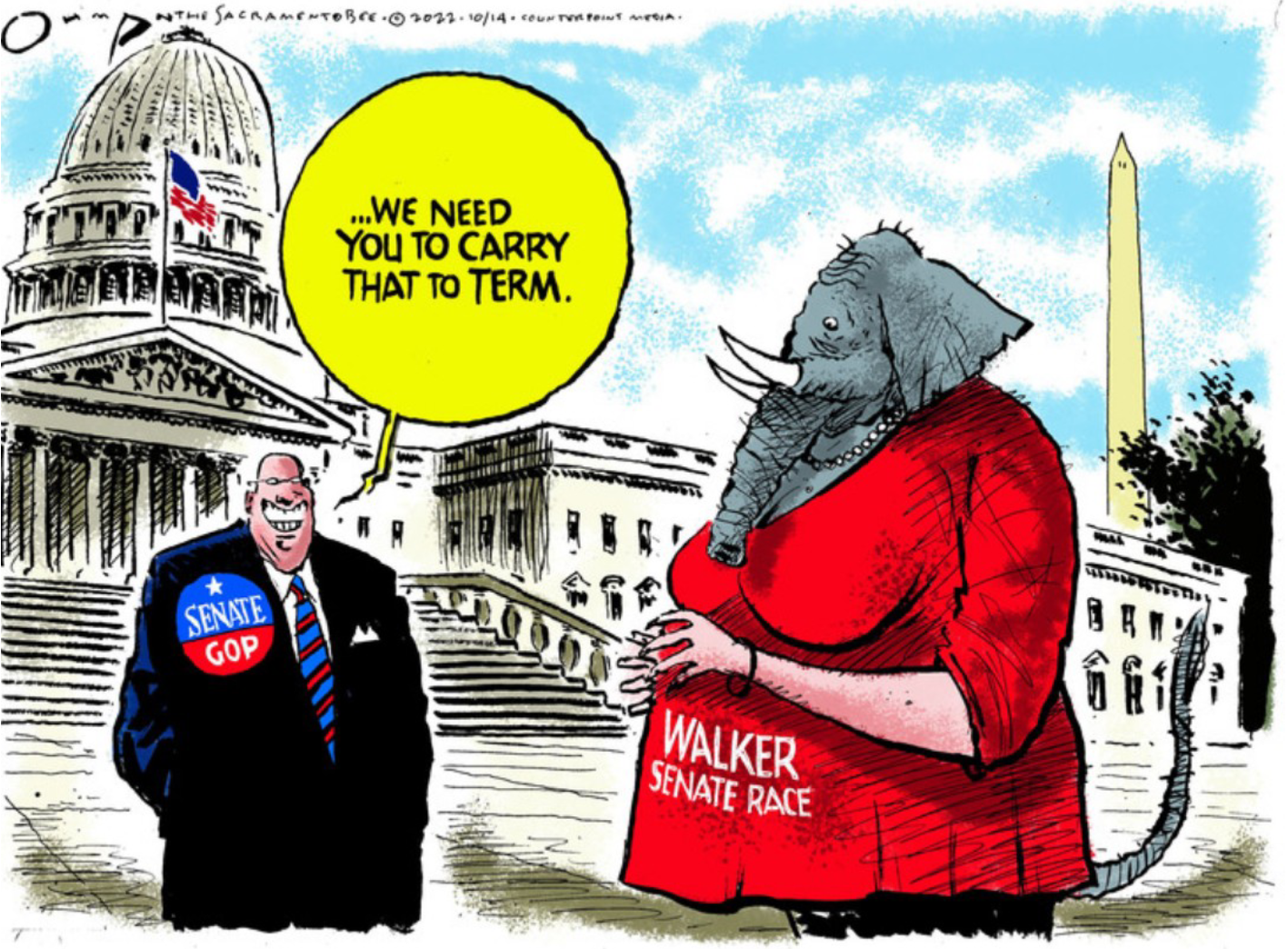
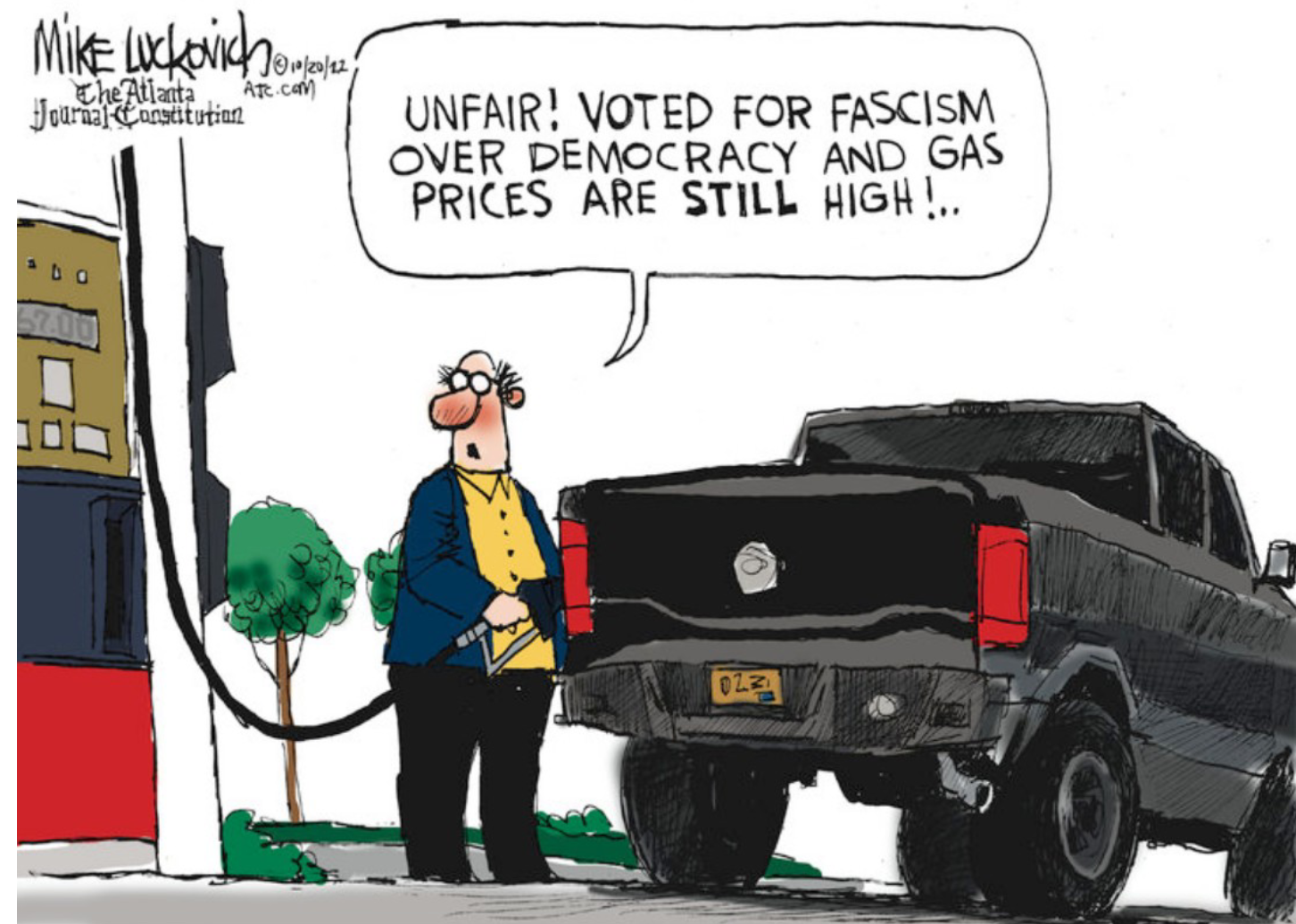
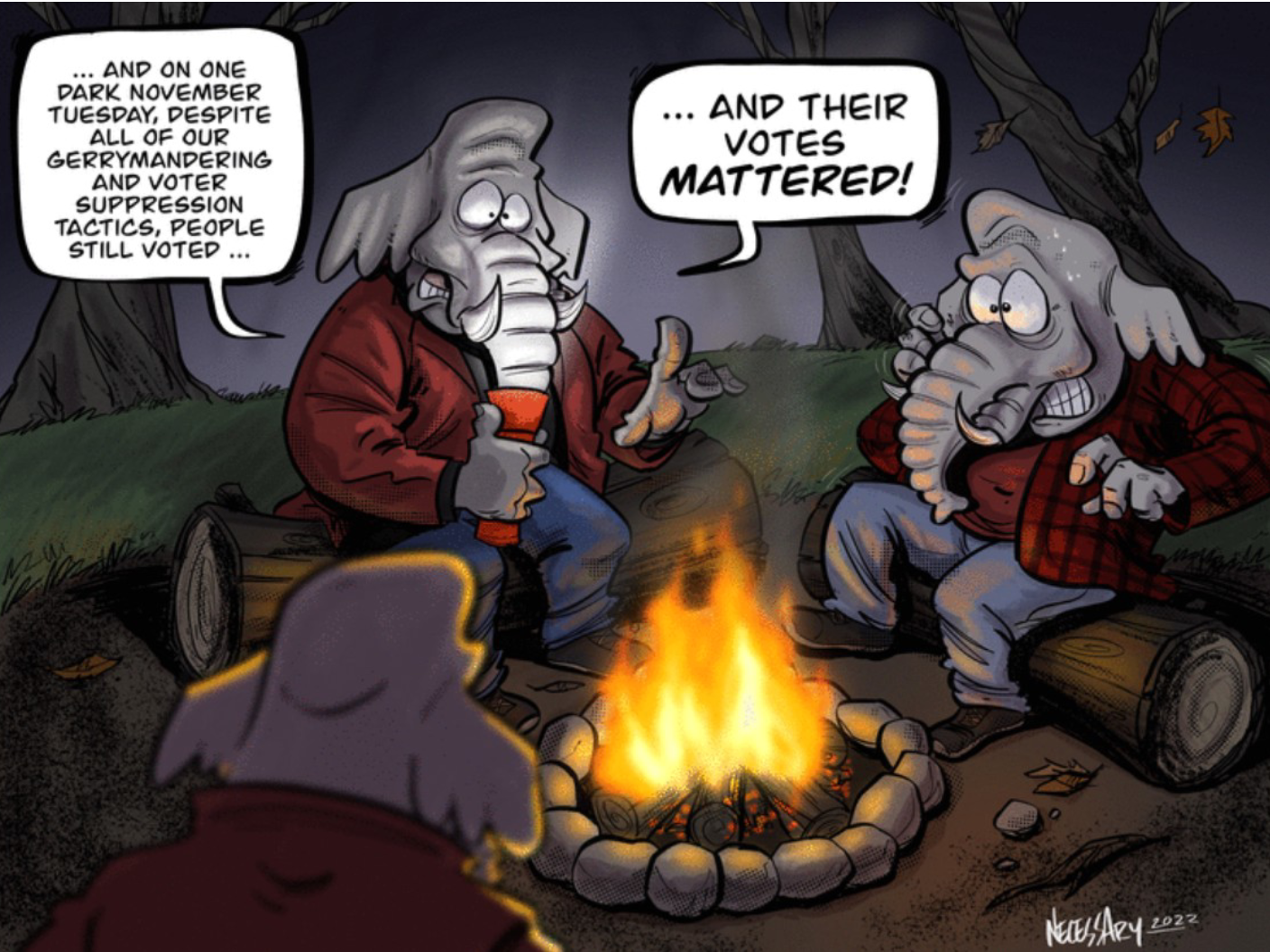
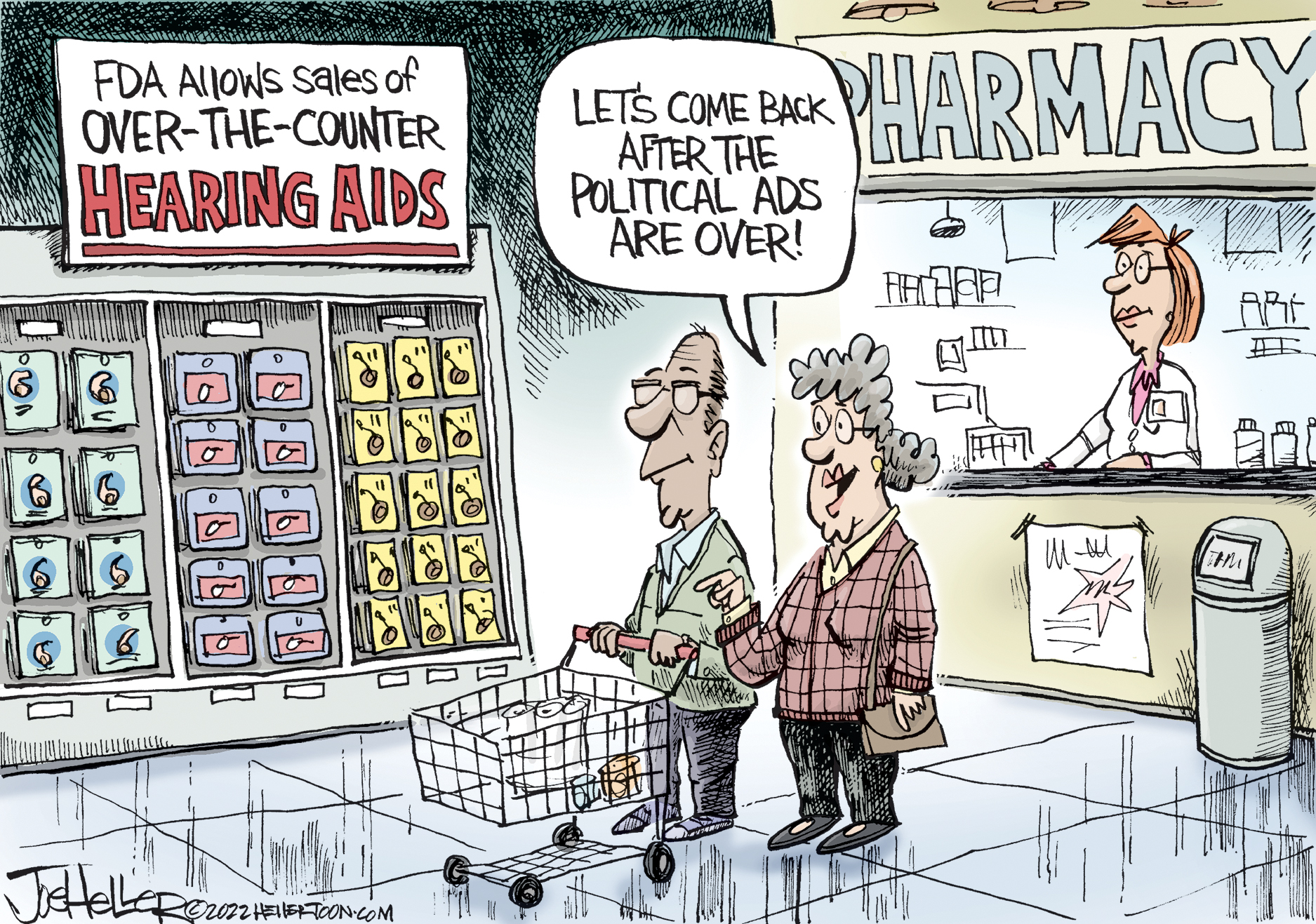
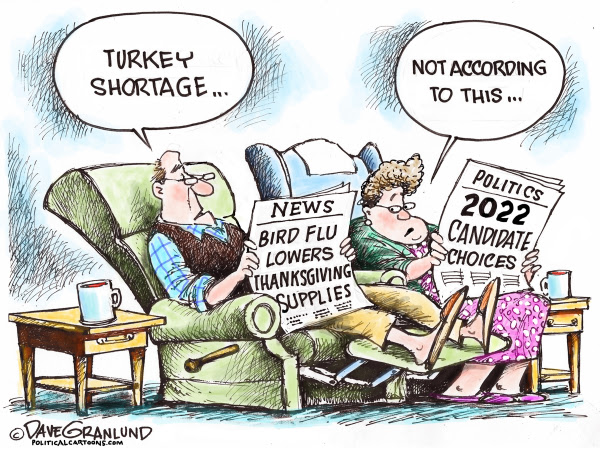



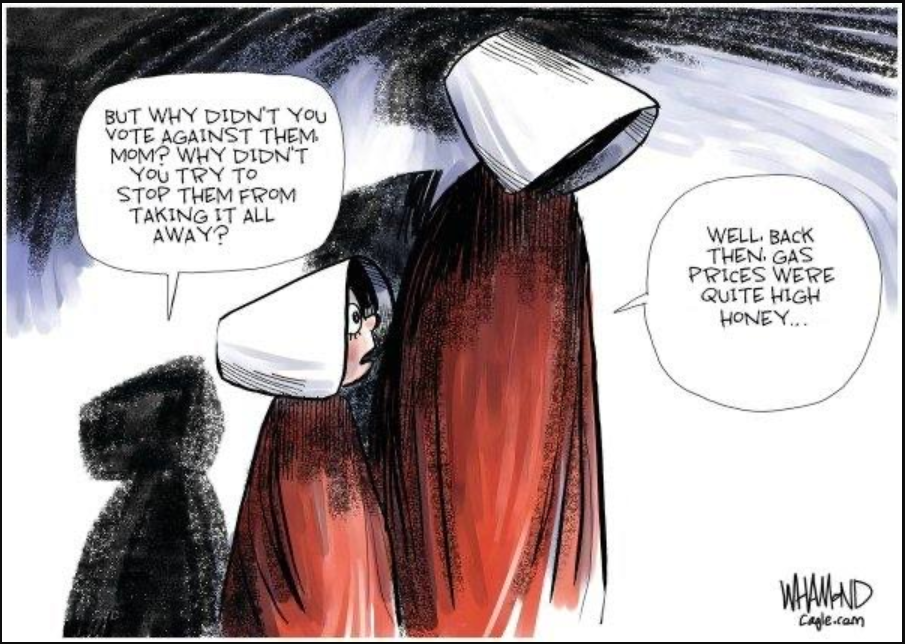
 Fall at Lake Gloriette, Dixville Notch, VT – October 2022 photo by
Fall at Lake Gloriette, Dixville Notch, VT – October 2022 photo by 

